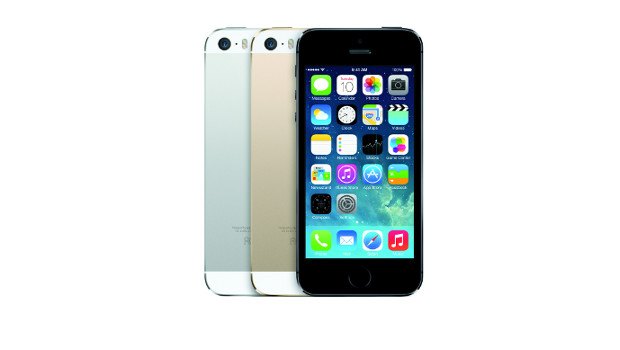 You probably don’t remember the name Gray Powell but in April 2010 the Apple engineer was the most important man in the iPhone 4 product roadmap. Months before the release of the redesigned smartphone, Gray left a prototype in a bar in California. The recovered handset was discovered to be a prototype iPhone 4 in the shell of an iPhone 3GS and was sold to gadget blog Gizmodo for $5,000.
You probably don’t remember the name Gray Powell but in April 2010 the Apple engineer was the most important man in the iPhone 4 product roadmap. Months before the release of the redesigned smartphone, Gray left a prototype in a bar in California. The recovered handset was discovered to be a prototype iPhone 4 in the shell of an iPhone 3GS and was sold to gadget blog Gizmodo for $5,000.
Given Apple’s history of secretive product development, it would be a given that Powell be on food stamps by the time he got home from that unfortunate night on the town. Instead, Powell not only kept his job, according to LinkedIn he’s still on the iPhone team. A separate leak by Vietnamese website Taoviet the following month revealing even more detail didn’t stir up the same controversy – perhaps due to the lack of a tale of woe behind it.
As Oscar Wilde might have said: to lose your prototype once is chance, twice is careless, and wouldn’t you know it the following year the same thing happened with the iPhone 4S. This time an unnamed employee left the handset in a San Francisco bar. It’s believed the device was sold on Craigslist for about $200.
For the iPhone 5 and the forthcoming iPhone 6 the leaks have been regular and revealing just enough detail to be interesting. This week, China Telecom even gave us a mock advertisement showing three iPhone 6 models under the tagline ‘even better’. The ad turned out to be bogus but not before the gadget blogs’ got a healthy bump in traffic for the story, the retraction and their discussion.
Theory
It’s here that I’m going to indulge in some conspiracy theory. Gray Powell wasn’t the only person to learn from his iPhone 4 mishap. As a radical product redesign with improved specs, even Gizmodo, wasn’t able to give a handle on what they paid for.
With the iPhone 4S, the promise of improved speed, display and battery performance were inevitable upgrades, there was little to worry about from a pure innovation perspective.
The iPhone 5’s larger display, too, was hardly surprising and there were plenty of places you could have come across it, Twitter users like Evan Blass (@evleaks) or third party suppliers of peripherals like protective cases are reliable resources on developments in form factors but not in specification.
Now we’re at the iPhone 6, the most anticipated model since the iPhone 4. Based on the rate of information currently online, from display to processor power to the positioning of the camera and headphone jack, the expected announcement on 9 September will be a formality. There isn’t a lot we don’t know, so just tell us when we can pre-order.
Is Apple deliberately leaking information about its products? Are Apple’s suppliers leaking information about its products?
I’m going to say yes on both counts for two reasons: 1) human ingenuity or incompetence will always find a way to trump a security system and 2) exploring more markets means dealing with more suppliers and retailers gives even more opportunity for the aforementioned human factor to contravene any non-disclosure agreement.
In other words, Apple is letting its hype machine roll on the basis of leaks from other parties, helped by a few staged ‘incidents’ of their own. And it’s working a treat.
As a stubborn iPhone 4S owner I’m about ready to make the leap to a new handset and the iPhone 6 is perfectly timed for me to go with it over, say, the HTC One (m8). Have months of speculation prompted me to stick with the tried and trusted? Given the lack of similar hype surrounding any HTC or Samsung release over the past year, I’d be hard pushed to say the buzz has had no effect. Then again, maybe it’s up to the competition to convince me to leave Apple’s cosy ecosystem than assume I’ll give equal consideration to their technically superior offerings. The hype machine may be leaky, but the imperfections are worth it.








Subscribers 0
Fans 0
Followers 0
Followers